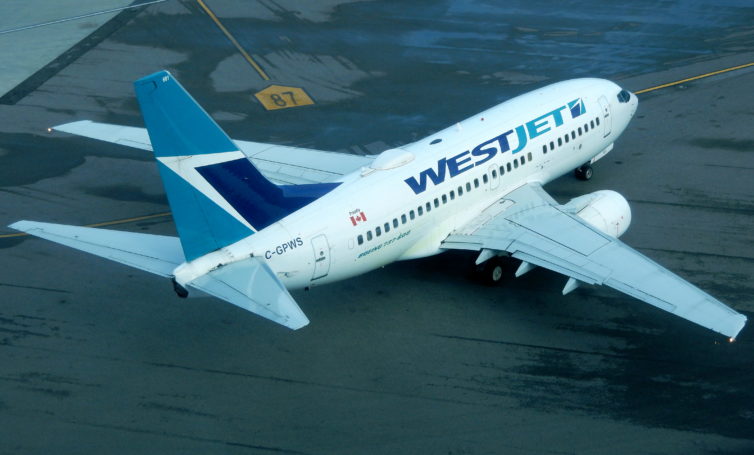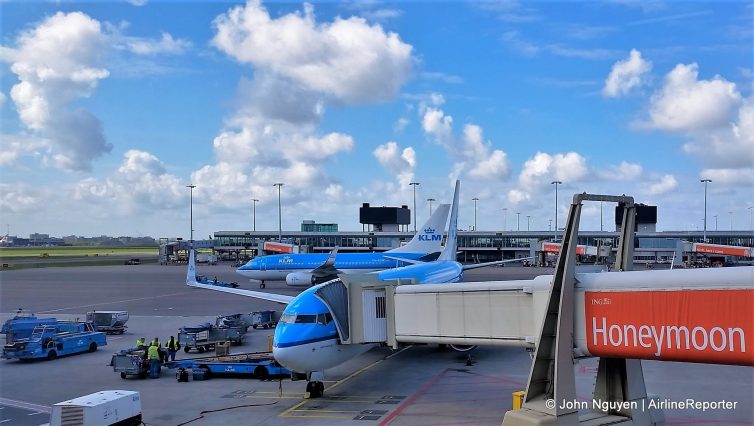In the midst of a major expansion, WestJet looks to grow its partnership with Delta Air Lines – Photo: John Jamieson
On December 6th, 2017, WestJet and Delta announced they would be expanding their partnership into a cross-border joint venture. The agreement, which should be finalized later this year, signifies WestJet’s arrival on the global stage. Once a Southwest lookalike, WestJet has become a hybrid carrier capable of challenging Air Canada.
Their success may have come at a price. Over the past few years, WestJet increased their operational costs and complexity in pursuing Air Canada. On the heels of their first quarterly loss in 13 years, WestJet is hoping 2019 brings clearer skies. However, with complicated labor contracts to sort out, the airline seems to be heading for more turbulence. Their joint venture with Delta could be the key to regaining some lost momentum.
Before I delve into the complexities of the airlines’ joint venture, it’s worth understanding how far WestJet has come in its 22 years.

